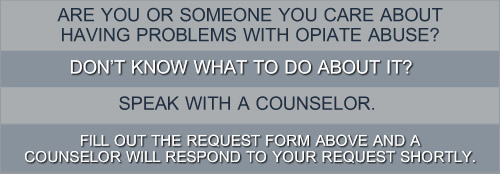
Methadone Abuse
Methadone is a popular prescription drug (a synthetic opiate) that is used to treat heroin addicts and for pain relief. It is reasonably cheap, has a powerful effect, and has a long duration of action, all of which make it a very popular drug. However, this drug is being increasingly abused for recreational purposes and there have been reports of overdose deaths and addiction.
Methadone acts on the opioid receptors of the brain and has similar effects as heroin or morphine. Oral doses of methadone are given to heroin and morphine addicts as it helps to lessen the withdrawal symptoms on sudden cessation of the drug. It also helps to block the euphoria caused by these drugs. When used for pain control, this drug is carefully monitored and administered in a hospital setting.
Methadone is available as a pill that can be swallowed or dissolved in a liquid to be drunk or injected. Though methadone does not cause the same euphoria as morphine or heroin, a methadone abuser still feels a high when he/she first starts using it. The body is seen to develop a tolerance for the drug pretty quickly. The user usually feels drugged and numbed without the high unless the dosage is increased. Higher amounts taken repeatedly to achieve the rush may result in an overdose.
Methadone abuse can be detected by a host of side effects that it causes. The signs are similar to any other opiate abuse such as that of morphine or heroin.
When a person uses methadone the effects set in quickly and last for many hours. The user feels contented, warm and drowsy. As it is a nervous system depressant, body functions are slowed down. The risk of overdose is constantly present. Breathing, heart rate and blood pressure are lowered. Feelings of anxiety are lessened.
Long-term use of methadone brings about its own complications and other effects. Some of the long-term effects are frequent constipation, tooth decay, lowered libido, irregular menstrual periods, skin rashes and itching, nausea and vomiting, abdominal pain, etc. For those pregnant women who use methadone, babies are born exposed to methadone. Breast feeding is advocated for these women to mitigate the effects of the drug in the baby.
Becoming free from methadone addiction usually involves weaning oneself from the drug. Withdrawal symptoms occur in this case too. Withdrawal symptoms are not a very pleasant experience for the addict. They include: insomnia, anxiety, cravings for the drug, diarrhea, depression, twitching, pain, increased blood pressure, etc. Usually, withdrawal symptoms last for a period of four to six weeks.
Detoxification or removal of all traces of methadone from the system is sometimes carried out rapidly. A rapid detox is always conducted in a hospital setting under medical supervision. Under rapid detox, the addict is kept unconscious while he/she is being administered medications to counter withdrawal symptoms.
A rehabilitation program is the most professional method for methadone addicts to recover. Inpatient rehabilitation programs that are of at least 90 days' duration have a good success rate to help these addicts recover. These programs supply the patient with adequate tools that are necessary to overcome the desire of using/abusing methadone again and make healthier choices instead.
- Questions?
